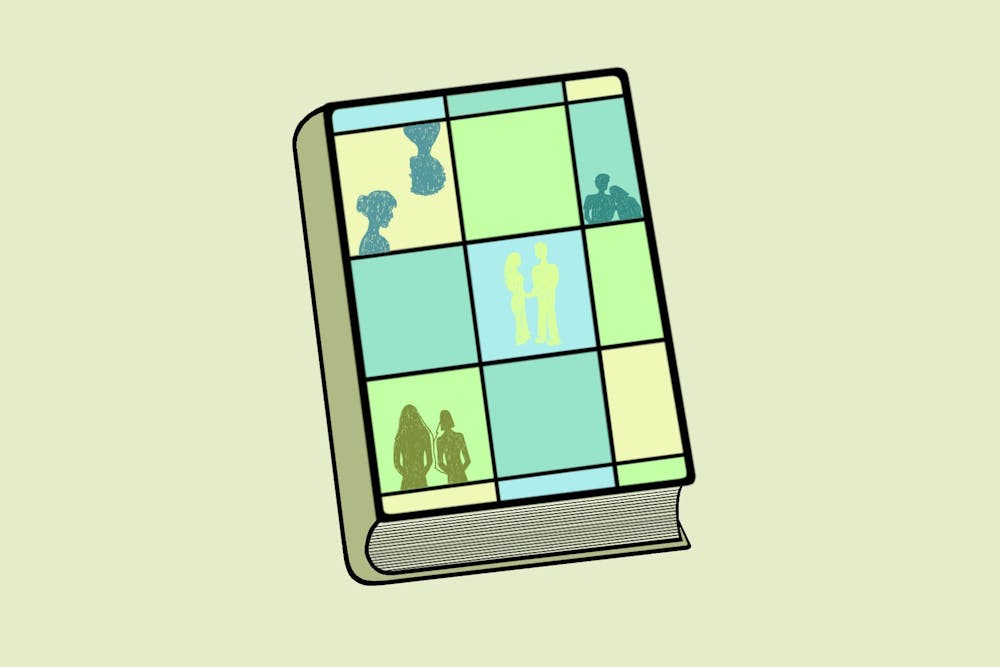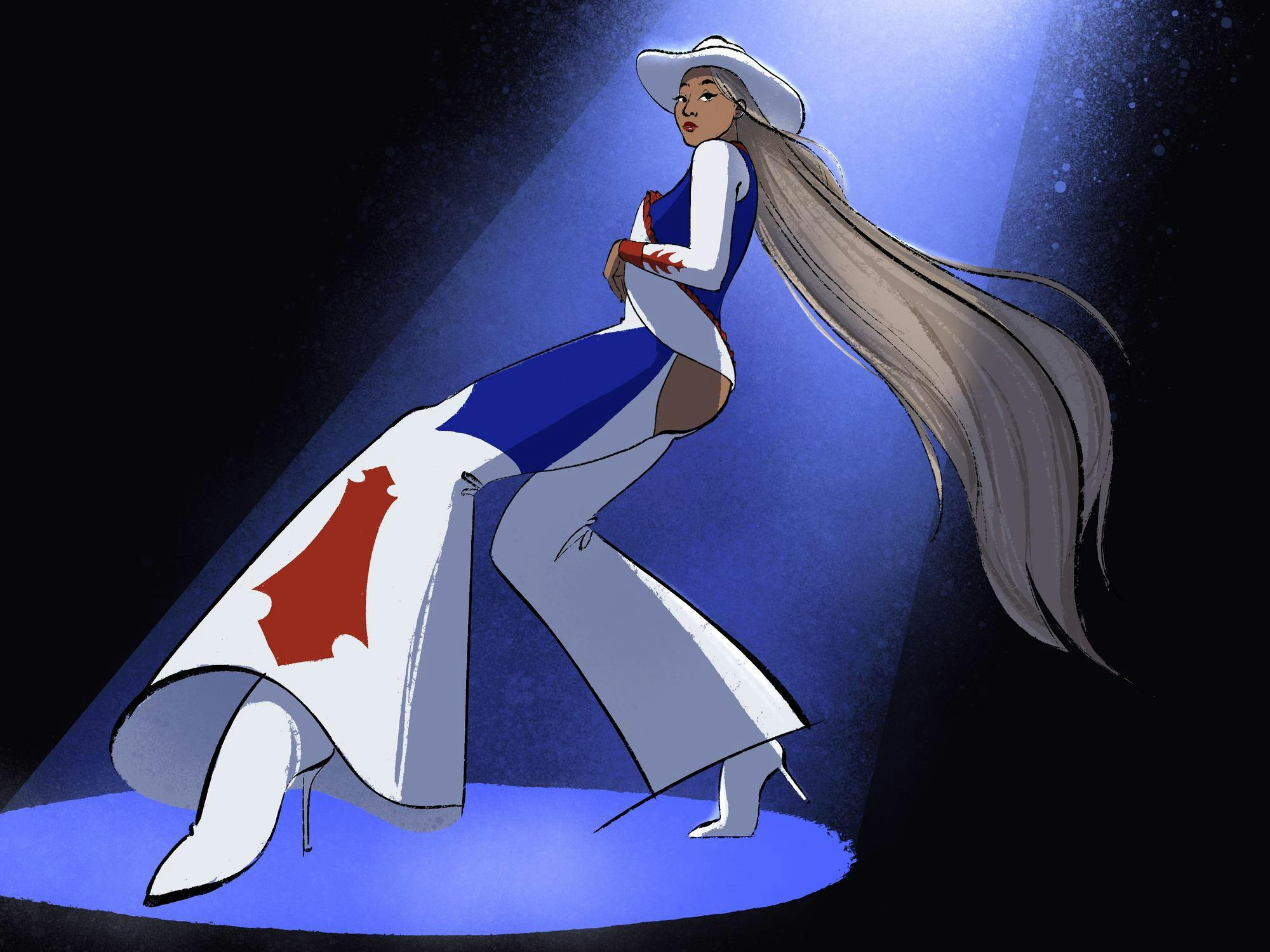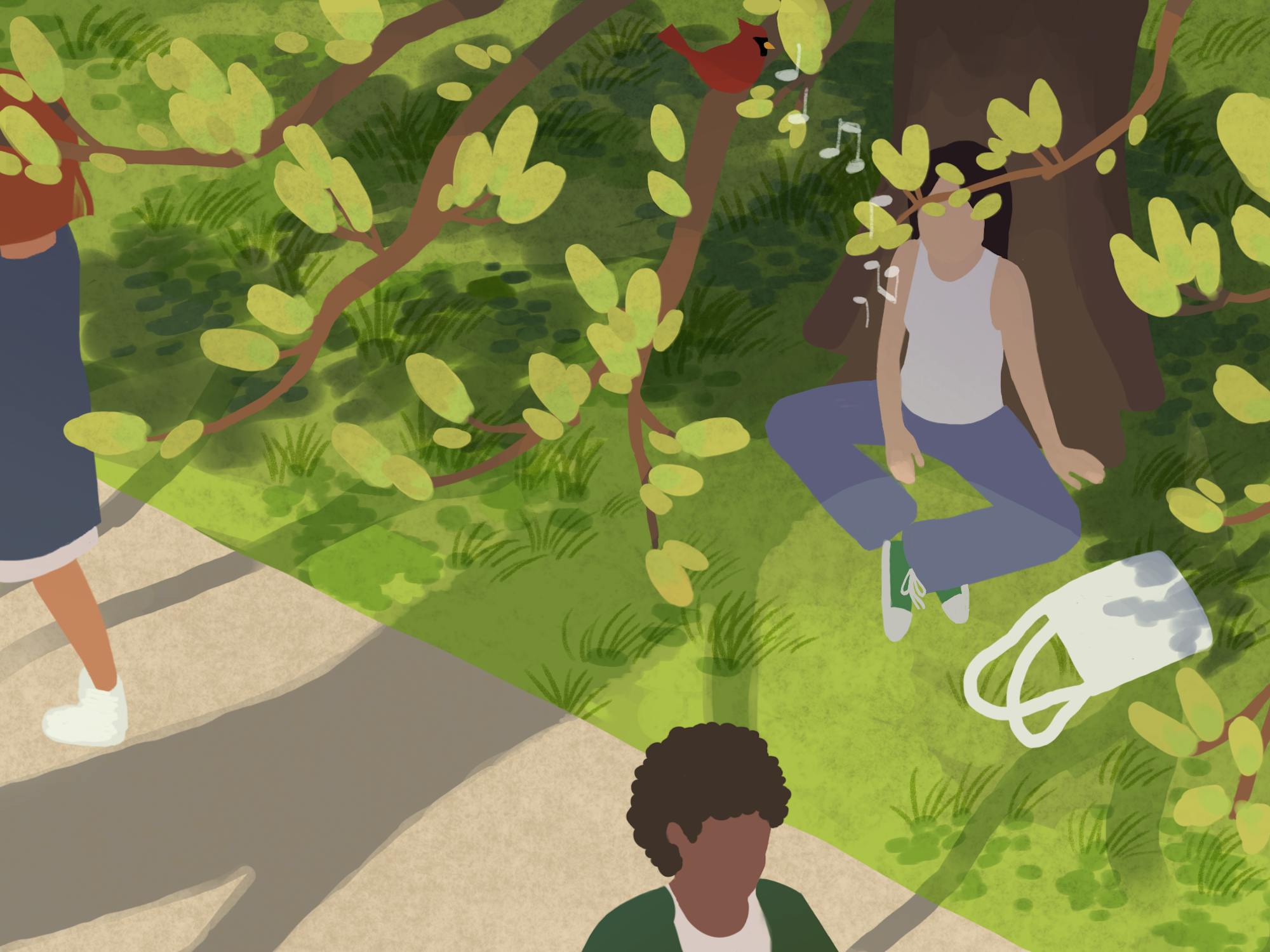As the perfect embodiment of the English major who would happily spend hours dissecting a Sally Rooney novel in the corner during a bustling dinner party, it has never occurred to me to question her cult following, of which I could very well be the leader.
Reading as a writer, Rooney’s books felt world-altering in their simplicity. My first attempts at producing short stories only began after I devoured her first two novels, and I am still convinced I would be incapable of producing fiction in any capacity if I did not have her voice etched into the back of my mind. I could go on for pages about her genius at the sentence level, her acute ability to capture very specific feelings I would never recognize as real if not for the precise way in which she phrases them: “I knew the subtlety of this change would be enough for Bobbi to deny it later, which irritated me as if it had already happened.”
But I don’t think it was her stylistic prowess or precise observations that first sucked me in, or inspired the widespread devotion that Rooney herself did not anticipate or even welcome. As much as she presents, to me, an alternate model of writing–piercingly stripped down, without any of the “show, don’t tell” advice that everybody seems to be handing out nowadays–she also offers something larger and far more compelling: “alternative models of loving,” as her character Frances phrases it in Conversations with Friends.
“Is it possible we could develop an alternative model of loving each other?” Frances writes to Bobbi in an email towards the end of the book. To a certain degree, I think this question is at the center of all three of Rooney’s novels, each of which explore ambiguous, undefined relationships in different ways. She never answers this question definitively–that would be both reductionist and counterproductive. But she provides some very vivid glimpses into the possibilities that this ambiguity generates.
These possibilities sometimes only exist in the in-between spaces–the gray areas of uncertainty that we have collectively come to dread. Maybe this is because they run in contradiction to the conventional relationship “model,” which assumes labels and definitions are ideal–or at least necessary to achieving the assumed ideals of stability and longevity. The undefined, fluid relationships in the “in-between spaces” then become a step below the ideal: a lack of something real–commitment, clarity, communication–or perhaps a stepping stone toward that.
But Rooney’s characters embody these gray areas so that they are not just a “lesser” version of the conventional relationship, but a space where intimacy can exist in an entirely different way.
Frances and Bobbi, for instance, were uninterested in and incapable of sustaining a traditional relationship, but the word “friendship” would be insufficient to describe the nature of their intimacy; they render the whole concept of categorisation arbitrary, because whatever label you choose unfairly cuts off a layer of nuance in their dynamic that refuses to fit neatly into a box of any size.
Rooney pushes the boundaries of what a relationship can look like structurally, mirroring the attempts her characters make to push the boundaries of their relationships within the novels. They test the conventional rules and wisdoms of what “healthy” or “normal” interpersonal relationships are meant to feel like. I have grown up idolising different versions of the “empowered,” “independent” woman. But reading Connell and Marianne’s relationship, I was forced to question that assumption, and entertain the possibility that there is something uniquely liberating about dependence. Marianne comes to this deceivingly radical conclusion in Normal People: “No one can be independent of other people completely, so why not give up the attempt, she thought, go running in the other direction, depend on people for everything, allow them to depend on you, why not.”
The obvious answer to Marianne’s question is the possibility of leaving yourself susceptible to a tremendous amount of pain if the relationship ends, but to point out something so temporal seems almost trivial in the face of everything Connell and Marianne share. They drift in and out of each other’s lives, but they never truly exit; even when there should have been no space in their lives for their intimacy to continue, their relationship evolves to fit them in a way that would not have been possible if it was more defined. In Beautiful World, Where Are You, Rooney says: “At times I think of human relationships as something soft like sand or water, and by pouring them into particular vessels we give them shape. But what would it be like to form a relationship with no preordained shape of any kind? Just to pour the water out and let it fall. I suppose it would take no shape, and run off in all directions.”
Far from being “less” than a conventionally defined relationship, Connell and Marianne transcend the labels–they let their vessels overflow, often beyond the reaches of their control.
Although their relationship is far from perfect, there is something beautiful about watching this fluidity, seeing the shape change over the course of the novel and their lives. Rooney shows us the potential for complete vulnerability and total attachment, unconfined by the pressures and constraints of the past and future. In a post-COVID world where individual boundaries are higher than ever, her gray area became irresistible to me, even though her writing is never deceptive about how painful it can be. It seemed to me that through Marianne, Rooney conceived not only an alternate model but an alternate, almost utopian world. A world in which skin is porous and it is possible to dissolve any barriers until there is no empty space left between two people–one in which a conflation of identity does not have to come with complete loss.
More significantly, this gray area somehow becomes a fairly stable space in itself, not just a purgatory. Normal People ends with Connell leaving for New York, and Marianne staying in Ireland. “I’ll go,” Connell says in the television adaptation. “And I’ll stay,” Marianne responds, “and we’ll be okay.”
The uncertainty has not been dissolved–the scene is heartbreaking, and it feels definite. But Marianne and Connell have transcended geographical boundaries before, and we don’t really know where they’ll end up.
Despite the complete lack of clarity, it doesn’t feel like their story ended with loose strings or an unrealized love–it feels as resolved as a Brontë-esque “Reader, I married him.” Because for Rooney’s characters, the gray area was never something to overcome; they belong in this realm of ambiguity, which to them is just as real and meaningful as the realm of conventional monogamy was to Austen’s Elizabeth and Darcy.
Even though Rooney’s books have left me feeling empty on the inside more than once, this particular aspect of them seems wildly hopeful. There are always going to be a million different “models” of loving someone, and there will always be the possibility of romances as intense and magnetic as Connell and Marianne’s, or friendships that are too dynamic and complex to be captured by that word, like Frances and Bobbi.
It’s easy to depend on words and categories to consolidate feelings, but Rooney’s characters serve as welcome reminders that there’s only so much that these boundaries can contain and explain–that relationships are allowed to extrapolate them, and that I’m allowed to feel their significance with a seemingly inexplicable intensity. “You live through certain things before you understand them,” she writes in Conversations with Friends. “You can’t always take the analytical position.”





